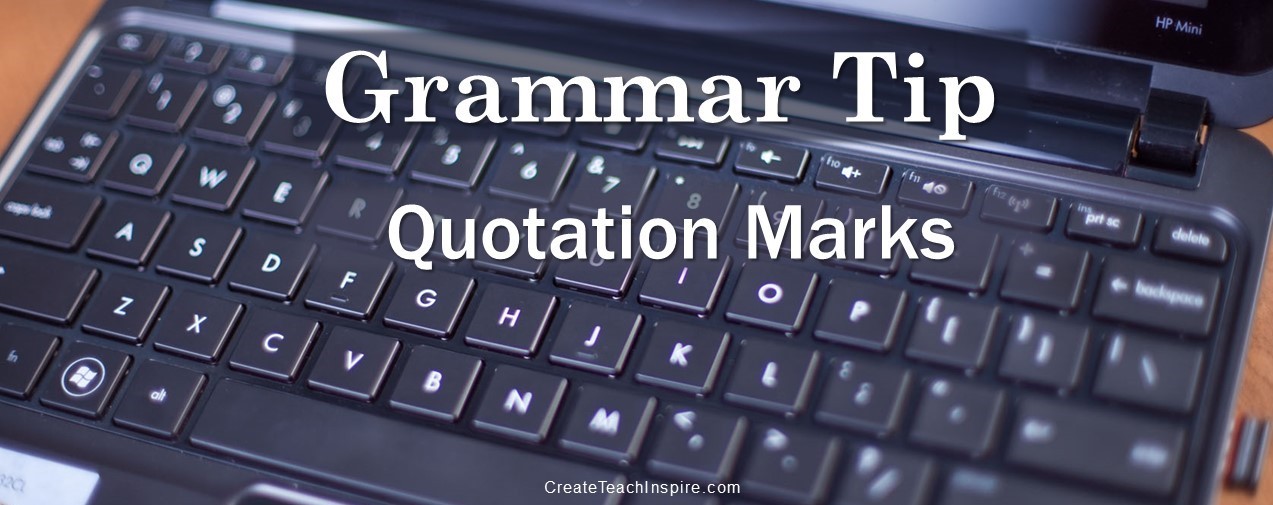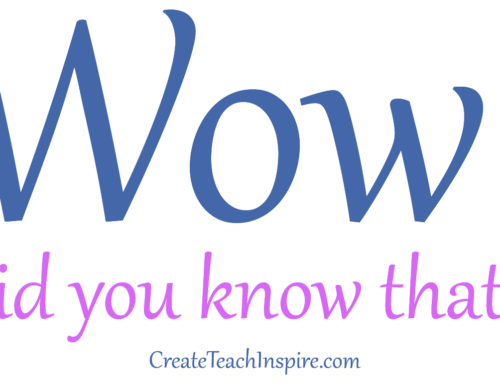In this Grammar Tip, we’re going to talk about the punctuation known as quotation marks.
One of my pet peeves as a reader is seeing quotation marks used incorrectly. When that happens, it can be confusing and sometimes completely change the meaning of the words.
First, this may seem obvious, but let’s mention it anyway. Quotation marks are always used in pairs. The first one opens the quote and the second one closes it.
Here’s what a double quotation mark looks like. The first one, or opening one, looks like two inverted commas at the top of the line of text. The second one, or closing one, looks like two regular commas at the top of the line. They curve around the content.
“Double Quotation Mark”
A single quotation mark looks the same, except with just one comma instead of two.
Most of the time in contemporary writing, we use double quotation marks.
The primary reason to use quotation marks is to indicate a direct quote of spoken or written content. If you’re writing something that includes an exact quote of something someone said or wrote, put quotation marks around it.
Quotation marks are also sometimes used to indicate something isn’t true or to indicate irony—it’s a device known as sneer quotes or scare quotes. In conversation, we use the first two fingers on both hands and call these air quotes.
A common mistake with quotation marks is to use them around a slogan or a tagline. Don’t do this. Think about it: If your company slogan is not a direct quote with attribution – and it’s probably not – why would you put punctuation marks around it that suggest it isn’t true?
Let’s say your slogan is:
Fast. Reliable. Affordable.
Without quotation marks, you’re making a positive statement about the service you provide. With quotation marks, you’re implying that your service is slow, unreliable, and expensive.
Another common mistake with quotation marks is to use them for emphasis. Don’t do that, either. Quotation marks should never be used for emphasis—use italics or bold type for that.
If you’re posting something online where you can’t use italics or bold type and you don’t want to use all caps for emphasis, put asterisks before and after what you want to stress.
In addition to using quotation marks for quotes and to show untruths, we also use quotation marks to set off titles of short compositions when those titles are referred to somewhere other than in the composition itself. Some examples of this include:
- Titles of chapters in a book
- Short stories or short poems
- Names of episodes of televisions series
- Titles of songs
- Titles of speeches
The titles of longer works, such as books and films, are usually written in italics.
Remember I mentioned that there are single and double quotation marks? About the only time you’ll use single quotation marks is to set off something within a quote that requires quotation marks. Example:
He said, “I read that book. ‘Let’s Eat Ice Cream’ was my favorite chapter.”
Before you put quotation marks around something, ask three questions:
- Is it a direct quotation? If it is, use the marks.
- Do you want to indicate that something is ironic or even untrue? If so, use the marks.
- Is it the title of a short composition? If it is, use the marks.
If you answered no to all three of these questions, you probably don’t need quotation marks.
Additional reading: Scare Quotes Should Be Scarce Quotes
Additional reading: 7 Examples of Incorrect Punctuation with Quotation Marks
- 11 Characteristics of Successful Entrepreneurs - November 17, 2025
- Why the World Benefits from Billionaires - August 4, 2025
- Should You Use AI for Audiobook Narration? - July 28, 2025






